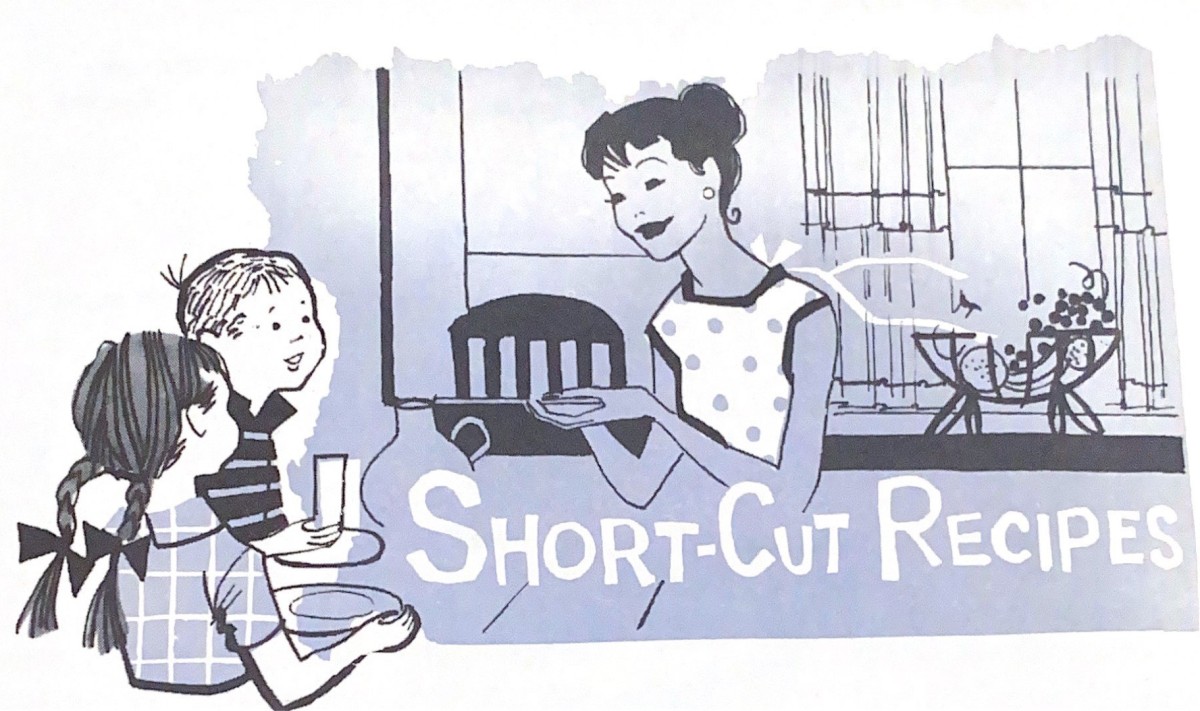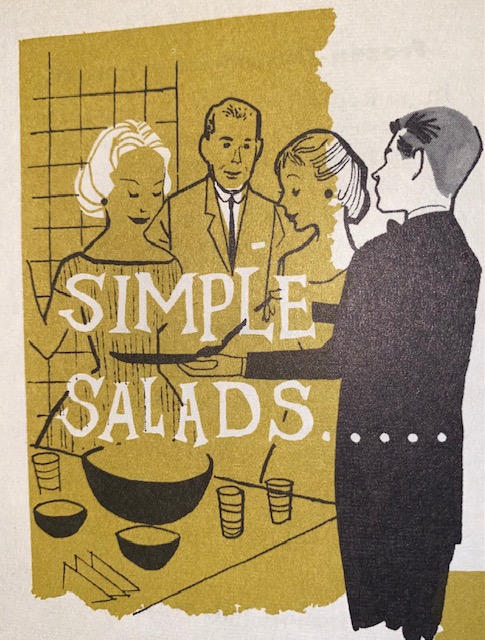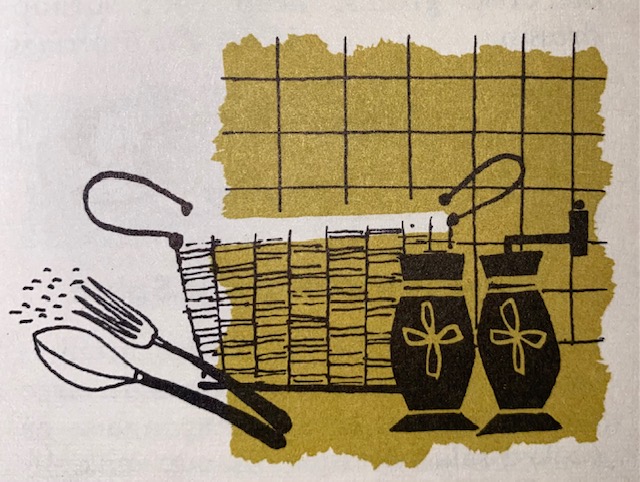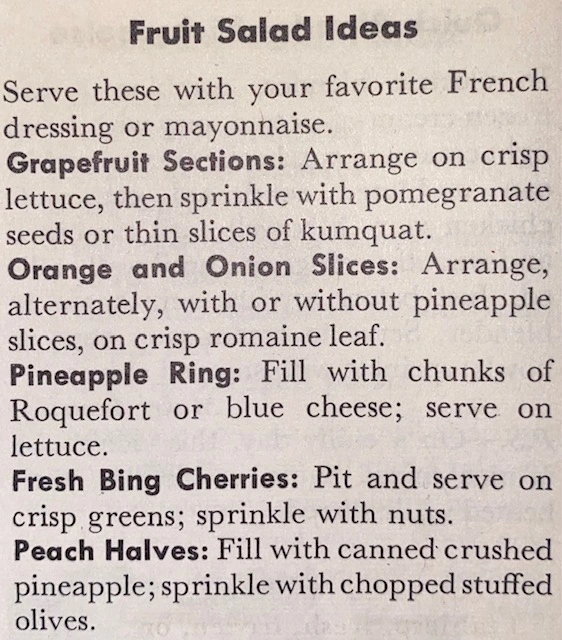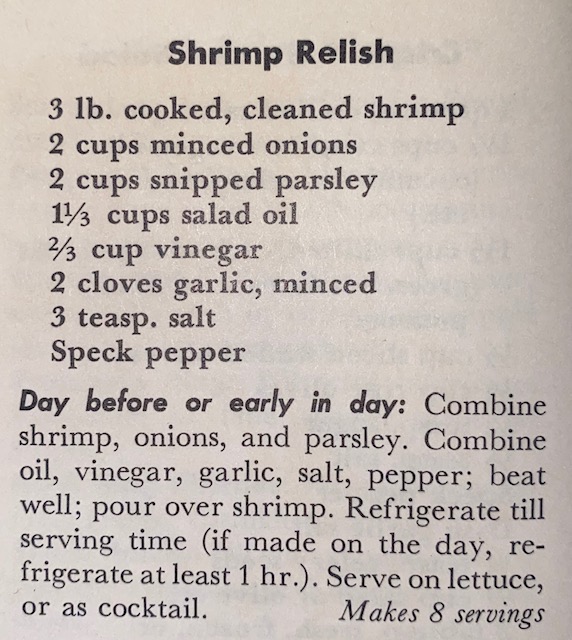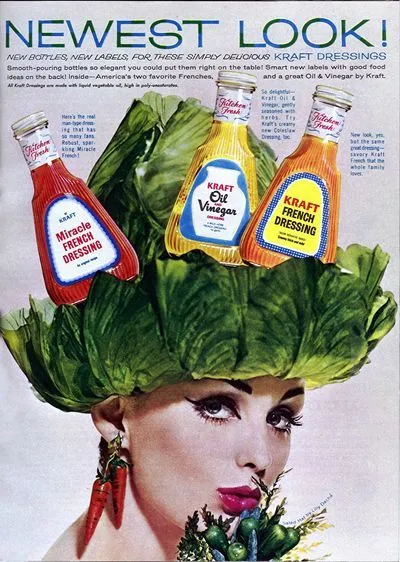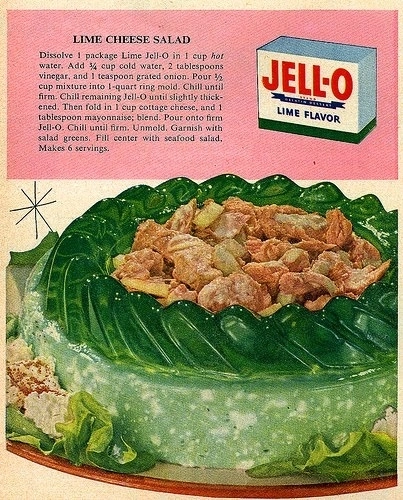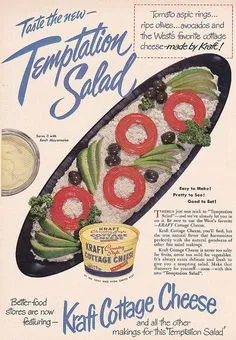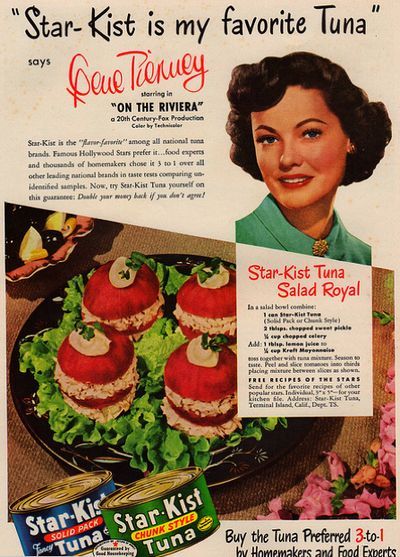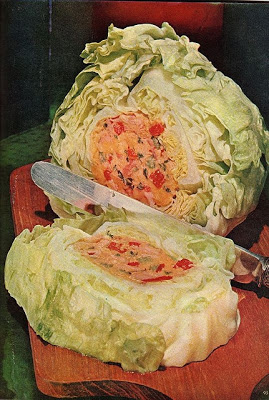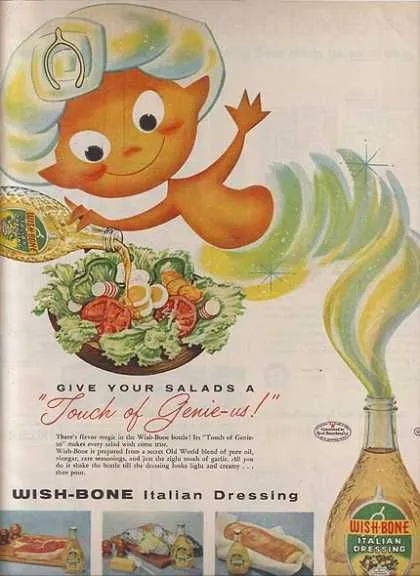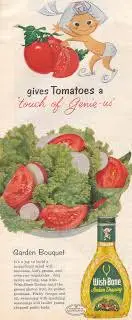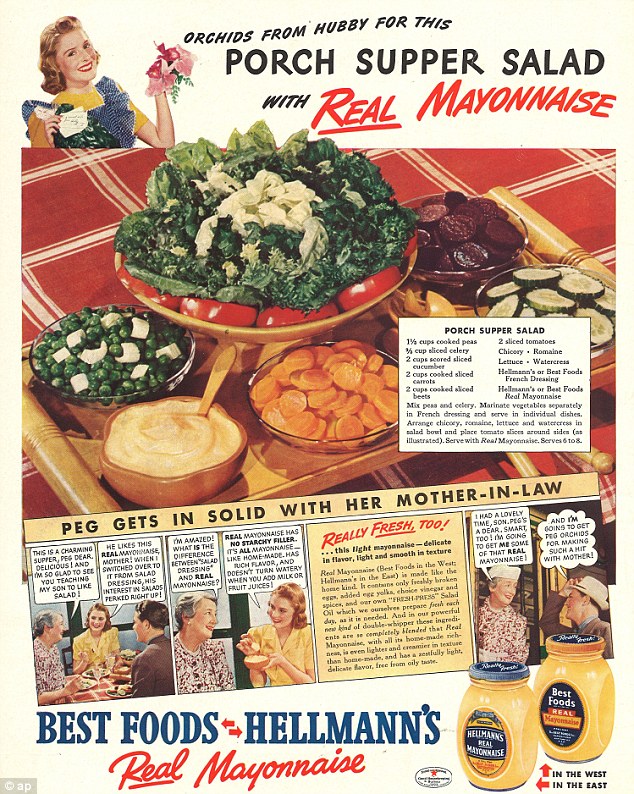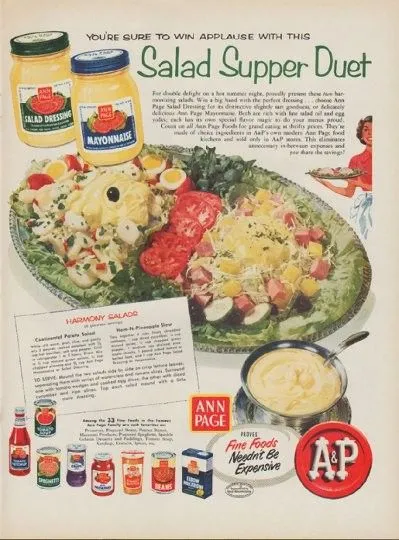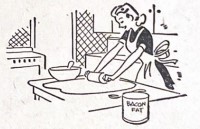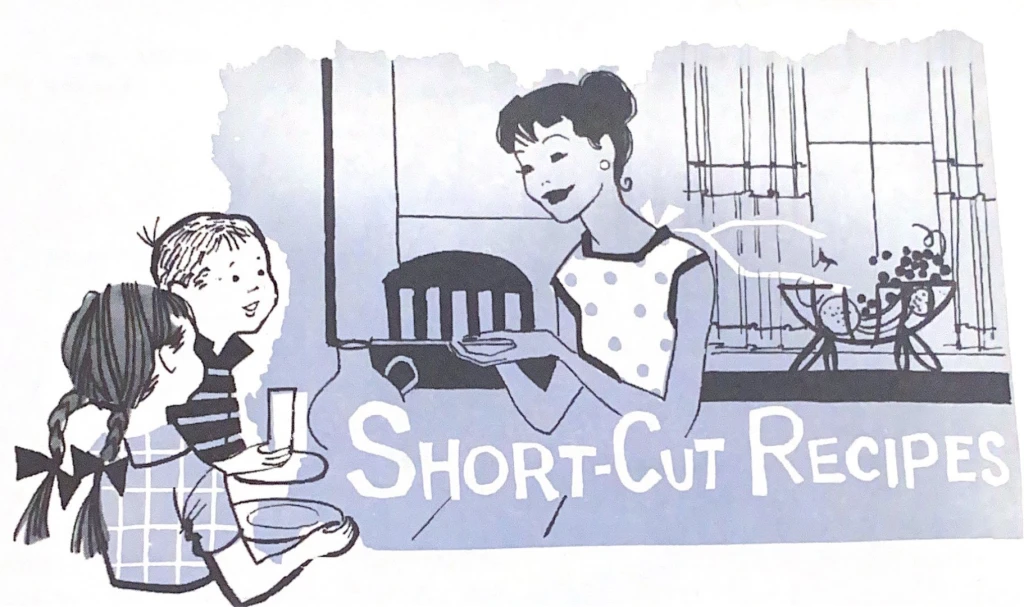
We all find ourselves short on times now-and-again. Sometimes we just spread ourselves too thin with outside (of the home) commitments, such as. working, volunteering, or chauffeuring the kids to practices and other extra curricular activities. At times like these, we might just grab fast food drive-thru or pick up something curbside to take home with us. It does not have to be that way. We can still offer our families home cooked meals with a little less effort. Not every meal has to be a gourmet, made from scratch endeavor. Shoot! Most of the time, the meals I prepare are far from gourmet or from scratch. We enjoy a simple grilled, lightly seasoned chicken breast with rice and roasted veggies. Nothing more simple than that.
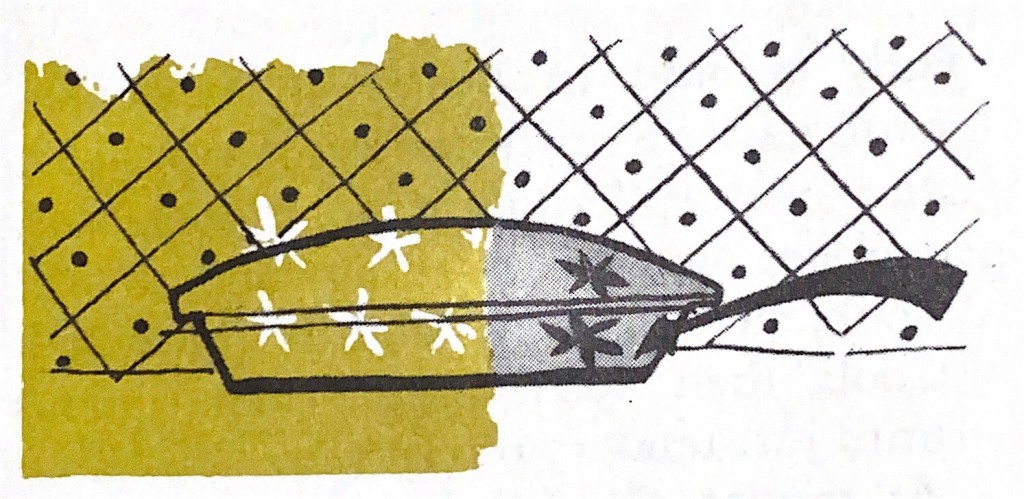
If you prefer something with a bit more flair, find some short-cut meals that work for your family. The Good Housekeeping Quick ‘N’ Easy Cook Book’s “Short Cut Recipes” section has some tasty vintage offerings to help you out on your busy days!

One of my favorites from the cook book is a simple Chicken Biscuit Pie. I might add some frozen veggies to bake inside or just serve them on the side.
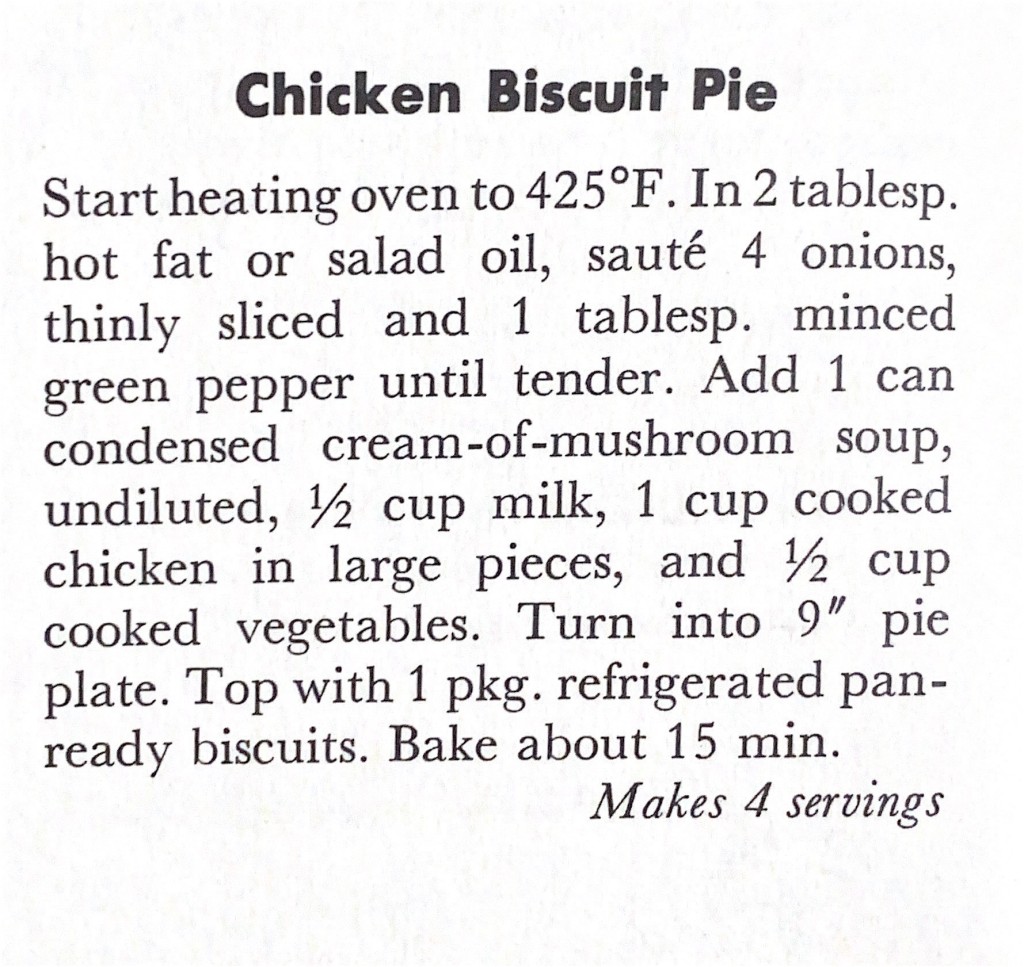
Here is a quick, simple way of making French Toast. The clean-up is a bit easier, too! Add some fresh fruit and you have a lovely breakfast on a hurried morning.
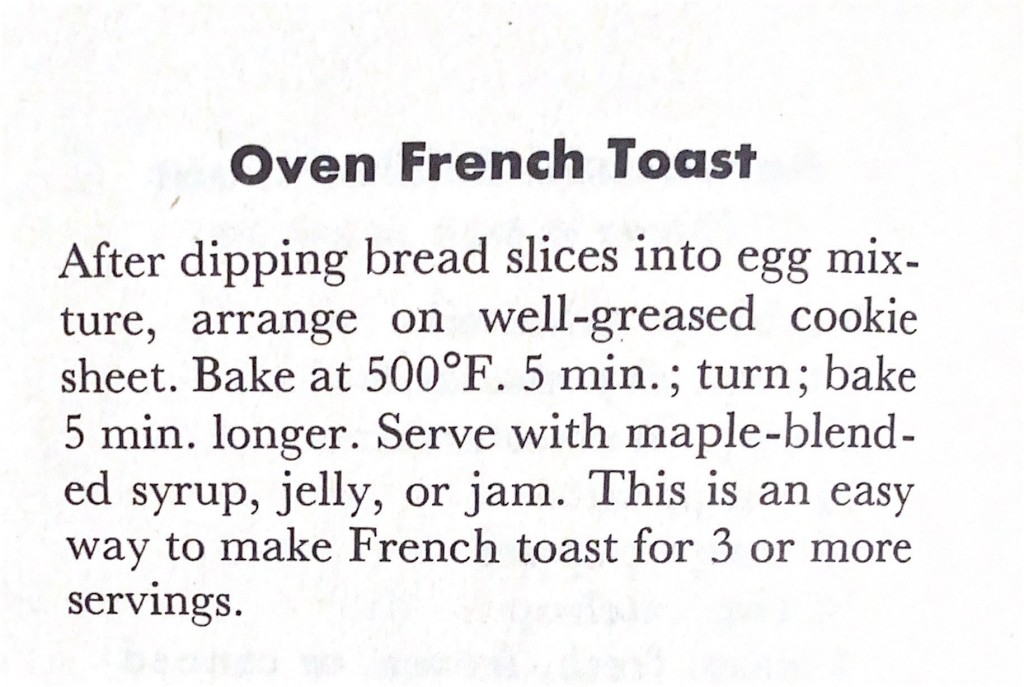
There are so many good, easy recipes in this book. If you can find a copy in your local, used bookstore or at an Antique / vintage shop, I recommend it highly. I found mine on Amazon!
Here is one more recipe to help entice you:
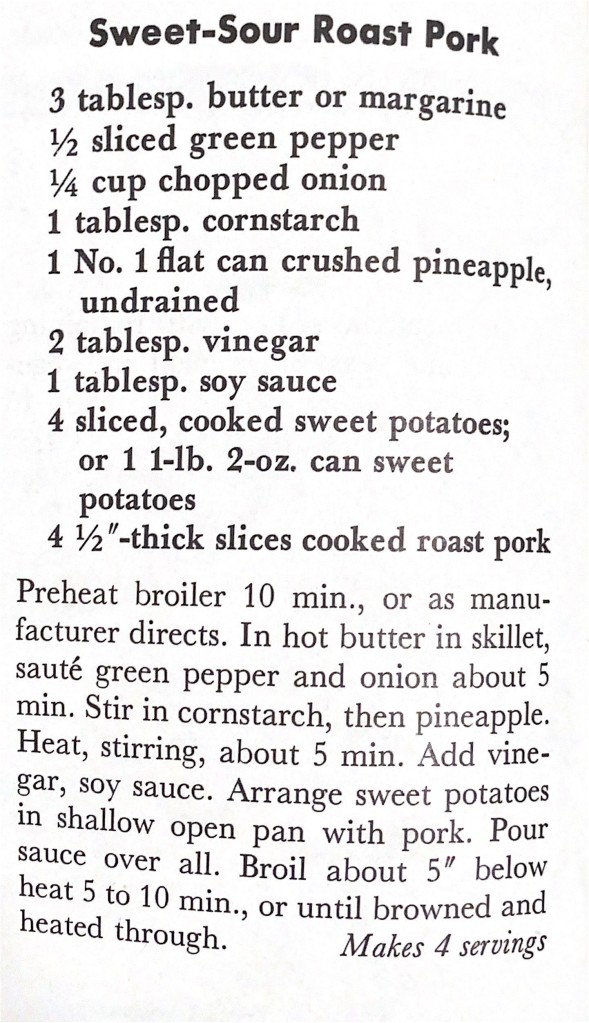
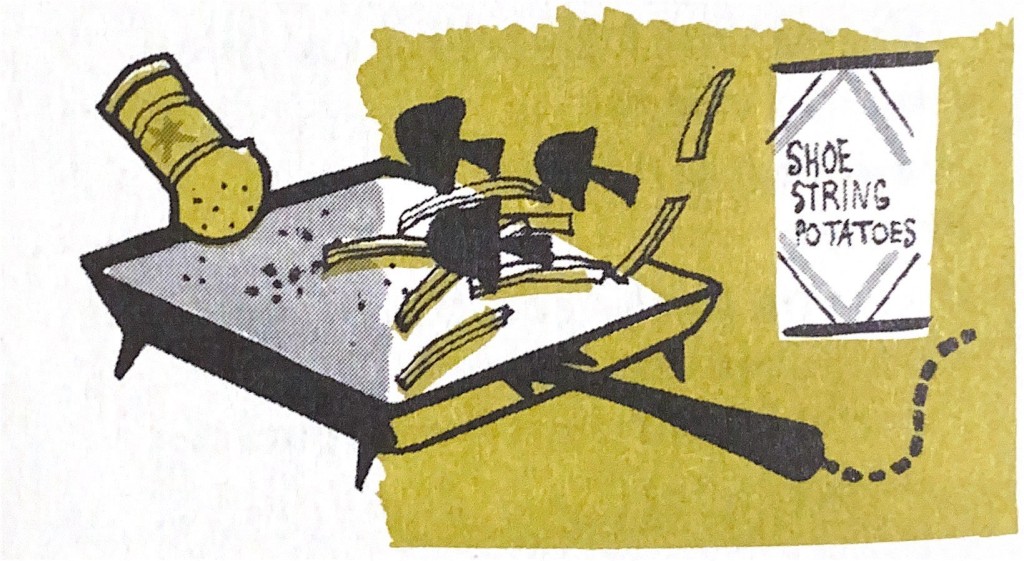
There was a show on the Food Network, a few years ago, that I enjoyed called “Semi-Homemade with Sandra Lee.” She would make wonderfully delicious meals with the help of things already “made” such as boxed or frozen items. She would add to these products to make them a bit more …”special”. A more “modern” take on what the Good Housekeeping Cook Book is offering. An example of one of Sandra Lee’s meals is the Coney Island Chili Dogs that she served with Spicy Fries. She used canned chili sauce but jazzed it up with seasoning and fresh ingredients. She also used frozen fries but added spicy seasoning to give them a kick. Such an easy, yet deliciously kid friendly meal. Sandra Lee also is the author of cook books with the same theme.

As I mentioned, above, a simple meal of chicken and veggies works for my family. One way to get this to the table in little time is the “sheet pan method”. All you do is spread your veggies on the pan with your chicken, or any choice of meat, season, and toss it the oven. So simple and so tasty. We do this with squash (sliced thick), baby carrots (right out of the bag), broccoli, onions, etc. We may serve with rice, pasta, or potatoes. If we use potatoes, they can be roasted right in the same pan. Season how you like, we sometimes use a packet of onion soup mix to add flavor. All kinds of meats do well with this way of preparing meals. Sausage or a turkey tenderloin in a great pairing.
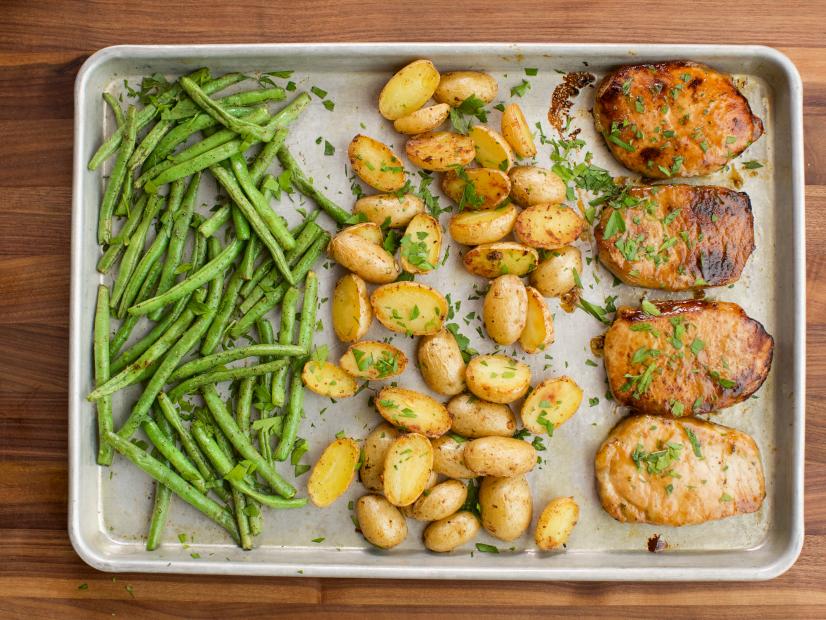
Of course, if you are REALLY short on time , you could do as a good vintage mama might have done…. serve a TV Dinner!
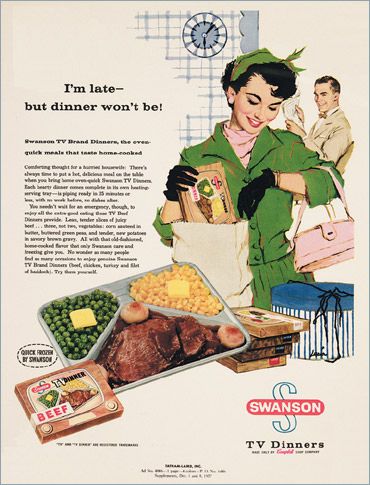
TV Dinners were invented in 1953, so the Housewife’s of yesteryear had that as an option. “According to the most widely accepted account, a Swanson salesman named Gerry Thomas conceived the company’s frozen dinners in late 1953 when he saw that the company had 260 tons of frozen turkey left over after Thanksgiving, sitting in ten refrigerated railroad cars” Smithsonian Magazine.
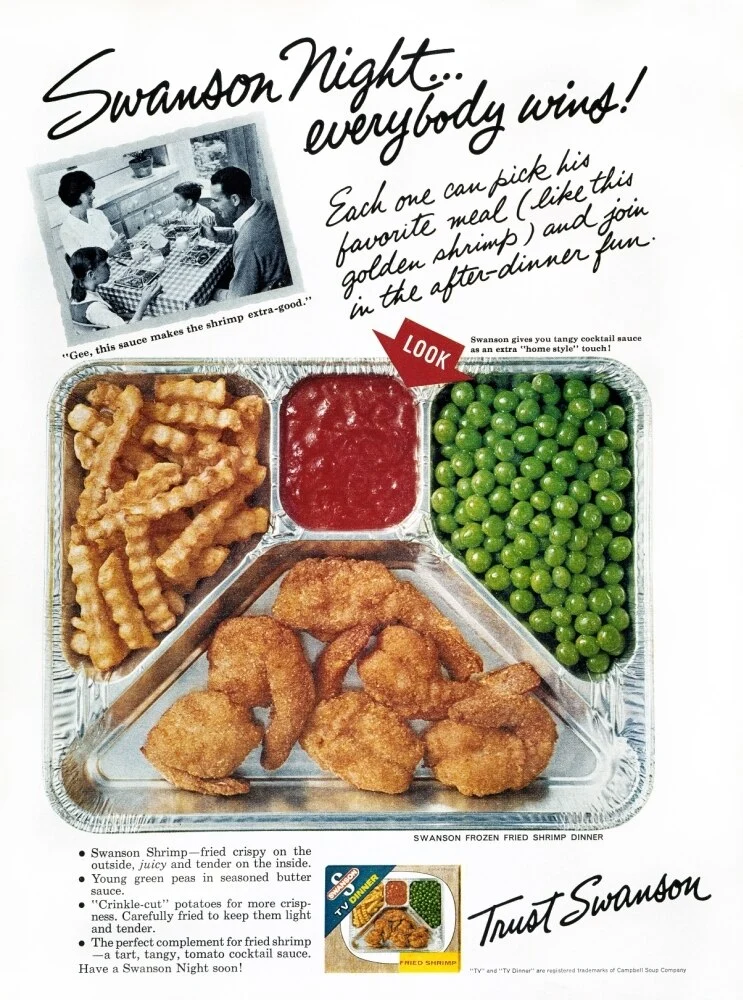
A TV Dinner offered a well rounded meal. Most included a protein, such as fried chicken or Salisbury steak, a starch, such as potatoes or pasta, a vegetable, and dessert. We have many more varieties these days with anything from a low calorie Lean Cuisine, gluten or dairy free or even vegan options.
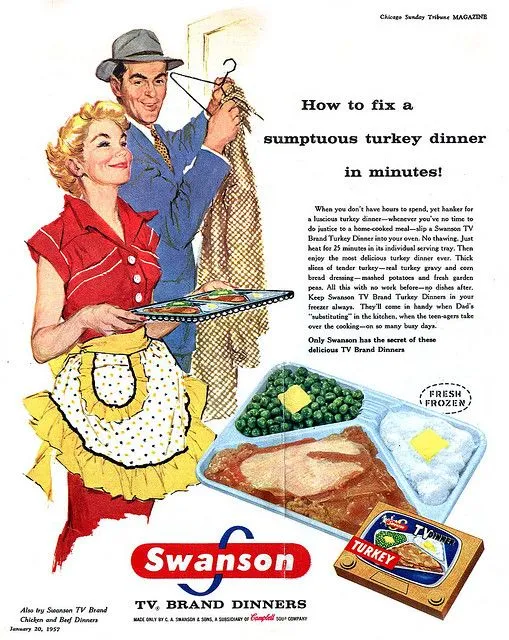
The man in the above advertisment looks happy with his TV Dinner. I would prefer to offer my family something with even a little effort (like a sheet pan or even somthing from the crock pot) but I guess in a pinch, fed is best LOL. Well, at least a TV Dinner is a bit more appetising than a meal in a can like the advertisment below. LOL!!!
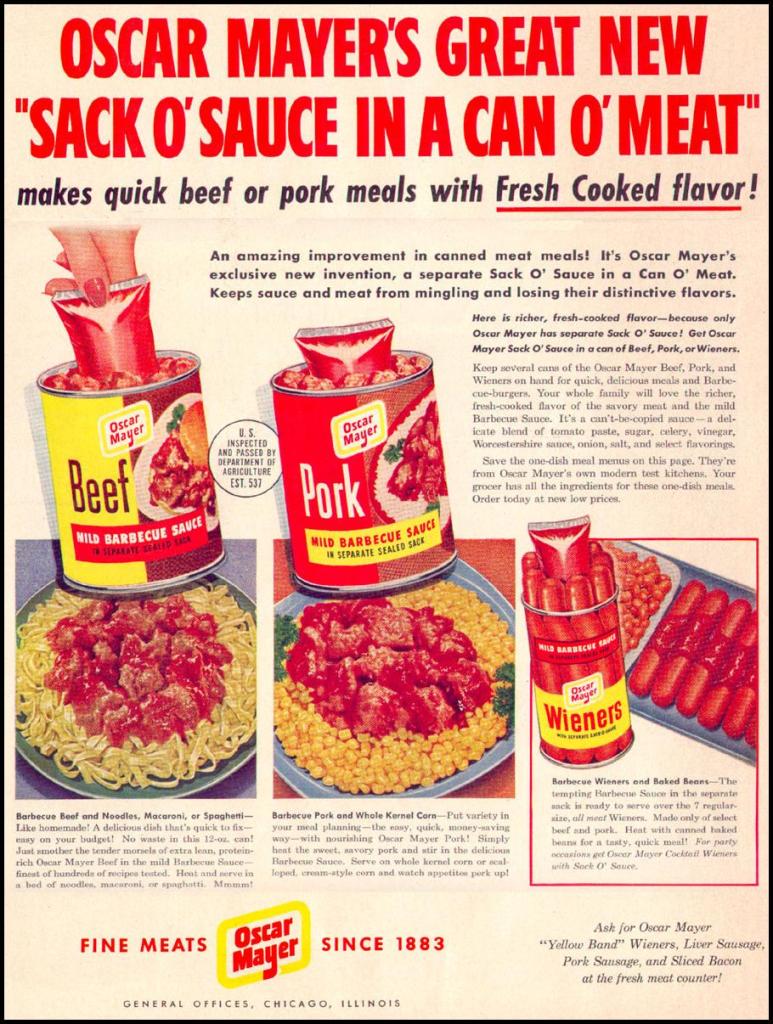
We are very fortunate with the options we have in these modern times. Our frozen meals are much more appealing than a meal in an aluminum tray. We have modern appliances that help with the ease of meal preparation, such as an air fryer and instant pot. And let’s not forget, although I mentioned fast food drive thru above, that and curbside pick up was not widely available in the 1950s!!! Drive thru got its start in the 1920s but there were not the variety or location in every town like we see today. “The drive-in concept was first popularized by a Texas chain of eateries called the Pig Stand, whose first drive-in opened on a highway connecting Dallas and Fort Worth in 1921” from History.com.
I hope this blog gave you some ideas for when you are spead thin but still need to get dinner on the table. It is so fun to compare how we live today to how our home making sisters in the past did things. Thank you so much for reading my posts! I look forward to bringing you more very soon!

